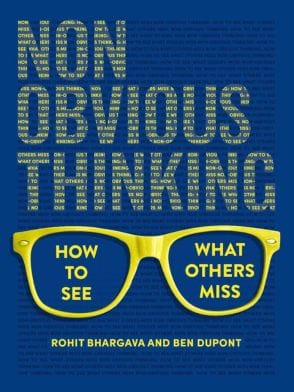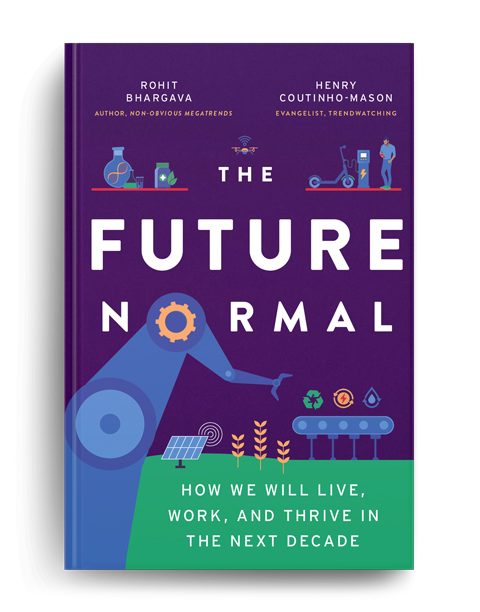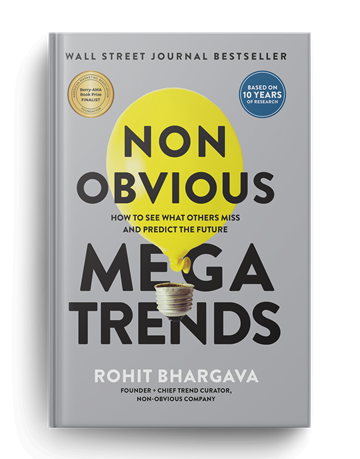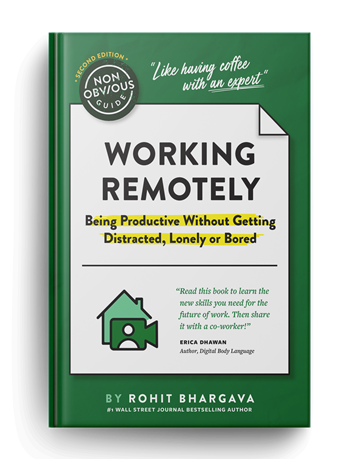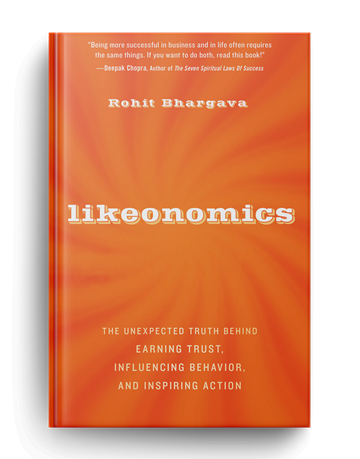In this month’s issue, Wired magazine asked several visionary thinkers to assign a new word to the future of the Internet. Paul McFedries, author of Word Spy, mentioned the term: Infosphere … an apt term for the current state and future potential of the web. The growth of information resources online has been symbolized by the rise of Wikipedia, a user-contributed resource for learning about everything and anything. As access to the Internet becomes more widespread in terms of people, as well as the devices one can use to access it – information is literally becoming available at your fingertips, anywhere and anytime you want it.
But finding the information in a quick, easy, usable way remains a challenge. How do you get directly to the information you need without having to go through multiple steps? In particular, this is a key barrier to people using all the mobile technology available to them today. Introducing technology and getting people to adopt it have always been two very different things. Semapedia offers an intriguing idea – what if you would imbed useful URLs into physical objects – allowing people to quickly access information about the thing they are looking at without the need for search? Using semacode (optical URL links designed to be read by mobile phones) – Semapedia allows users links information from Wikipedia with locations and physical objects in the real world. Just imagine the promise of something like this for connecting the vast information stores online with anyone’s daily interaction of the world they live in. For example, what if Zagat’s or Fodors could create a similar online tool to allow people to quickly get reviews of the restaurants they are walking by? Something like this could offer instant brand interaction – and something that I would imagine diners even paying an incremental amount for (gasp!). After all, picking the right restaurant can make or break an evening. For most people, surely that’s worth a charge of 50 cents to their mobile phone bill?







